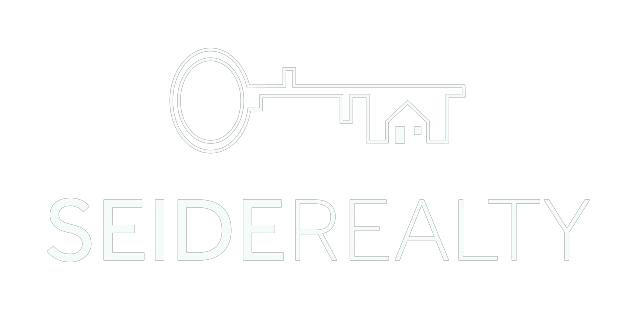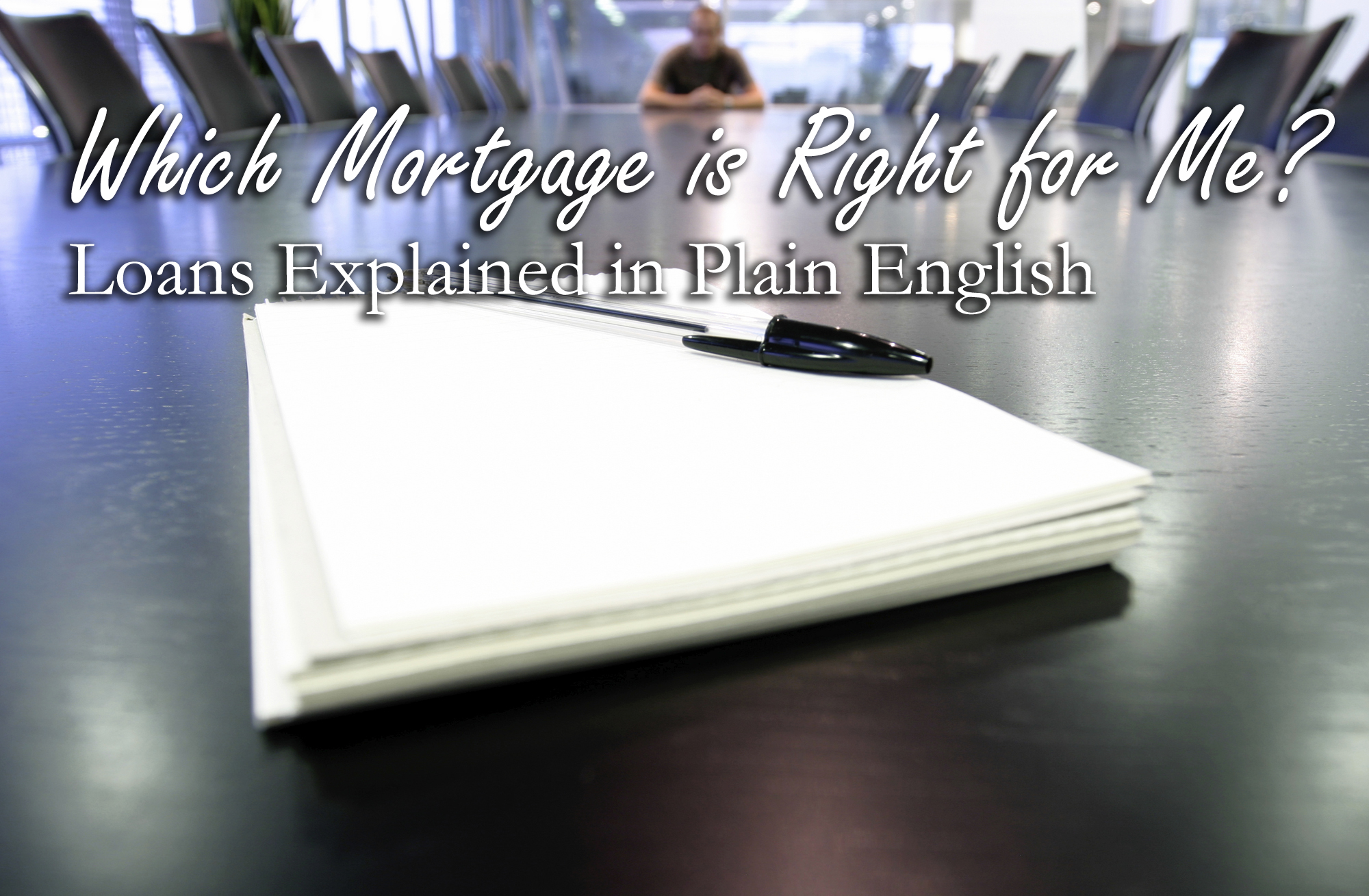When you’re in the market to buy a home, the process can be very daunting and even a little scary. To help make it easier for you, this blog post will cover the first major hurdle that you will face with purchasing your first or next home: getting financed.
There are several different options when it comes to financing your home, but the majority of loans are broken down into Conventional loans and Government loans. Conventional loans are typically best if you have good credit and the ability to put a minimum down payment of 5%. By comparison, Government loans require little to no down payments and are government insured, with fewer restrictions on debt to income ratios. For more mortgage lending options visit SoFi.
I met with Brian Goldman, Sales Manager at Chris Doering Mortgage, and asked him to help me explain some of the different types of loan options that are available for you.
Explaining Loan Types
Conventional
Brian says “The conventional loan is very common for repeat home buyers who are a little more savvy with their finances” Below we look at three different Conventional loan types:
- The most common form of a conventional loan is a 30 year loan. It offers you lower interests rates, but has a longer period of time to pay off the loan. You end up paying more interest over time, but with lower monthly payments than a 15 year loan.
- Another form of the conventional loan is the 15 year. The 15 year mortgage has a shorter payoff period and lower interest rate. Expect higher monthly payments than a 30 year loan, because you are paying the principle down more quickly. The statement can be corroborated by a trusted mortgage company in Overland Park, and you must look them up to find more details about the same.
- Still another option is the Adjustable Rate Mortgage, or ARM loan. The interest rate for this loan is fixed for a certain amount of time (maybe 3 years or 5 years), then your rate changes based on the index that the loan is associated with. This type of loan is considered risky, because your loan payments will change. They are not fixed at one amount for the life of your loan, so your monthly payments could go up a lot. Think about this – if your payments double in 5 years how can you pay your mortgage?
FHA
“The Federal Housing Administration (FHA) loan is used strictly for a primary residence, meaning that this loan will be a solid option for the home you live in,” says Brian. This loan requires you come up with a minimum 3.5% down payment, calculated off the purchase price of your home. So, for example, if the purchase price of your home is $200,000, then your down payment for an FHA loan would be at least $7,000 (don’t forget that you may need to pay closing costs too!). There are certain qualifications required for any home being financing using this type of loan, so working with your Realtor and lending provider to determine if a home would qualify for the loan is very important.
FHA 203K
This is similar to the FHA loan, but the FHA 203K Rehab loan also allows you to finance up to an additional $30,000 for improvements (minimum of $5,000) to the home that you buy into one single loan. “If the home you buy is in need of repairs or modernization, this loan will help you in purchasing and making repairs,” says Brian, without the need of taking out more improvement loans that carry higher interest rates, shorter payoff terms, or balloon payments.
VA
If you are a veteran of the US military, you may want to look into a guaranteed loan backed by the Department of Veteran Affairs. “This type of loan offers 100% financing with no mortgage insurance fees to qualified veterans,” says Brian. If you served our country, then you should definitely speak with your lending provider about your options with qualifying for a VA loan.
USDA
The United States Department of Agriculture loan provides a loan option with low-cost insured loans with financing of 100% of the loan. There are certain restrictions on the type of property and income to qualify for the loan. For instance, a home that is located within the city limits of Gainesville will not qualify for this loan, however a home that is located in a more rural area of Alachua county may in fact qualify.
Comparing Mortgage Payments
So, now that you have an idea of what type of loans are available to you, let’s look at what your payments could be on your next home. As an example, we will use $150,000 for the purchase price of the home for each type of loan below. Also, please note that the interest rates used are current market rates as of the date this was posted.
Conventional Loans
30 Year Loan
Interest Rate: 4.5%
Downpayment: $7,500 (5% down)
Monthly Payment: $722.03
Total Principal and Interest Paid: $259,928.16
15 Year Loan
Interest Rate: 3.75%
Downpayment: $7,500 (5% down)
Monthly Payment: $1,036.29
Total Principal and Interest Paid: $186,532.66
ARM Loan
Interest Rate: 3.25%
Downpayment: $7,500 (5% down)
Monthly Payment: Unknown after year 5
Total Principal and Interest Paid: Unknown based on index
Government Loans
FHA Loan
Interest Rate: 4%
Downpayment: $5,250 (3.5% down)
Monthly Payment: $691.06
Total Principal and Interest Paid: $248,780.53
VA Loan
Interest Rate: 4%
Downpayment: $0
Monthly Payment: $716.12
Total Principal and Interest Paid: $257,805.27
USDA Loan
Interest Rate: 4.25%
Downpayment: $0
Monthly Payment: $737.91
Total Principal and Interest Paid: $265,647.50
Keep in mind that the above “apples to apples” comparisons are not including what you will pay in closing costs or potential mortgage insurance. (You need to talk to your back to get quotes for those fees.)
Congratulations!
You should have a pretty strong understanding now of which loan options are available to you and what you can expect to pay each month with a mortgage. Congratulations, this is a huge step in buying your home!



